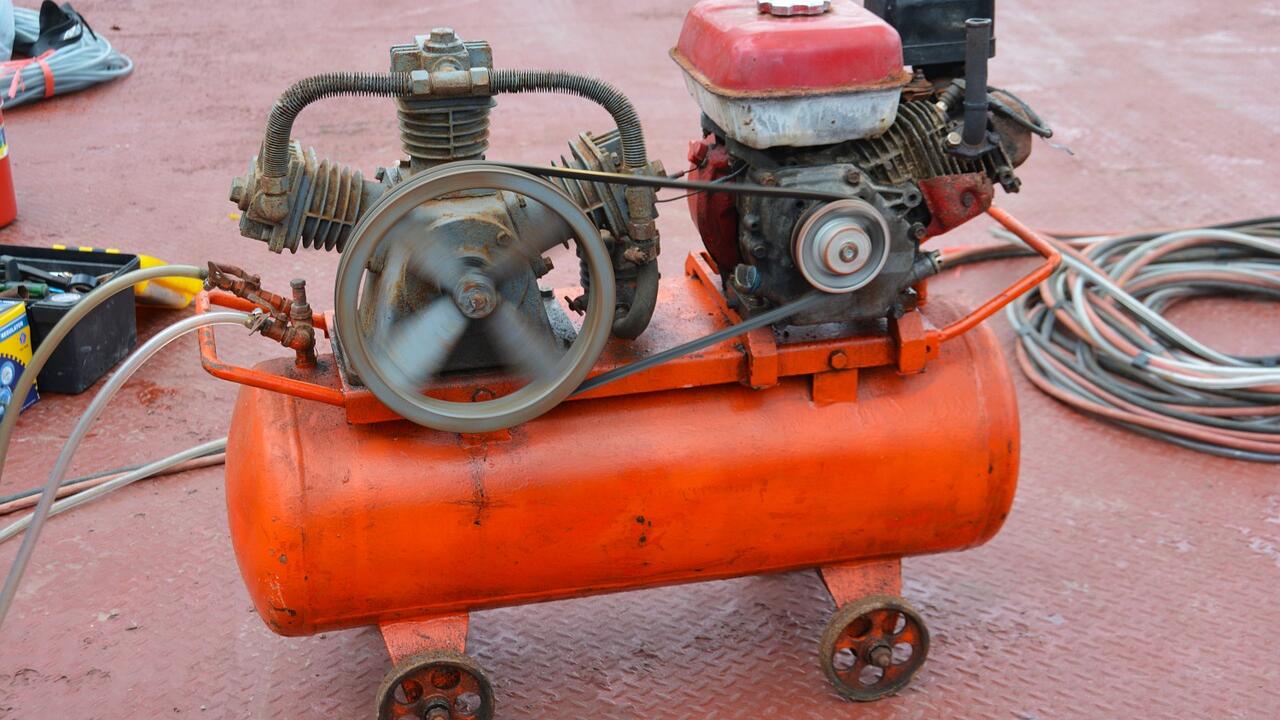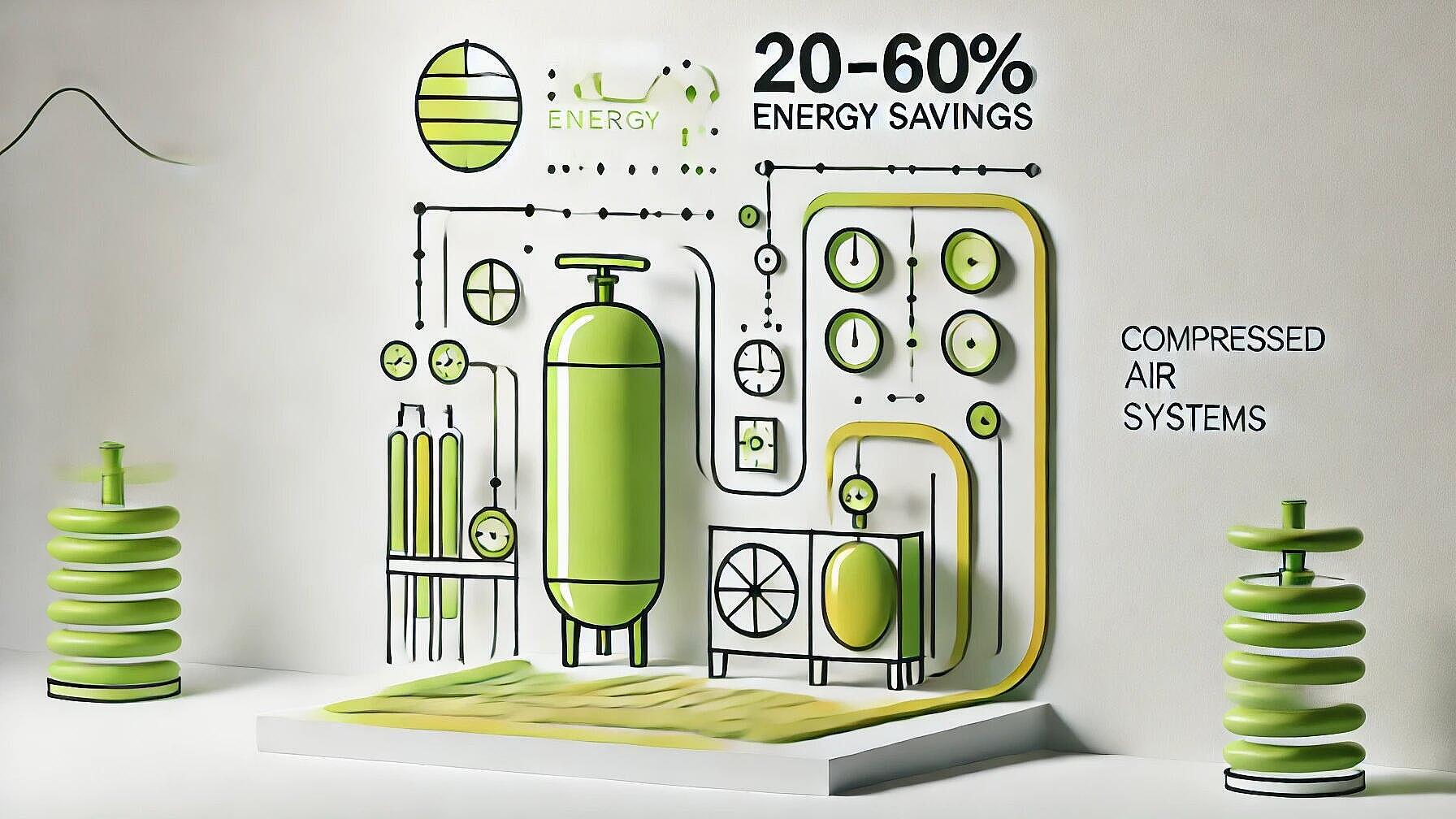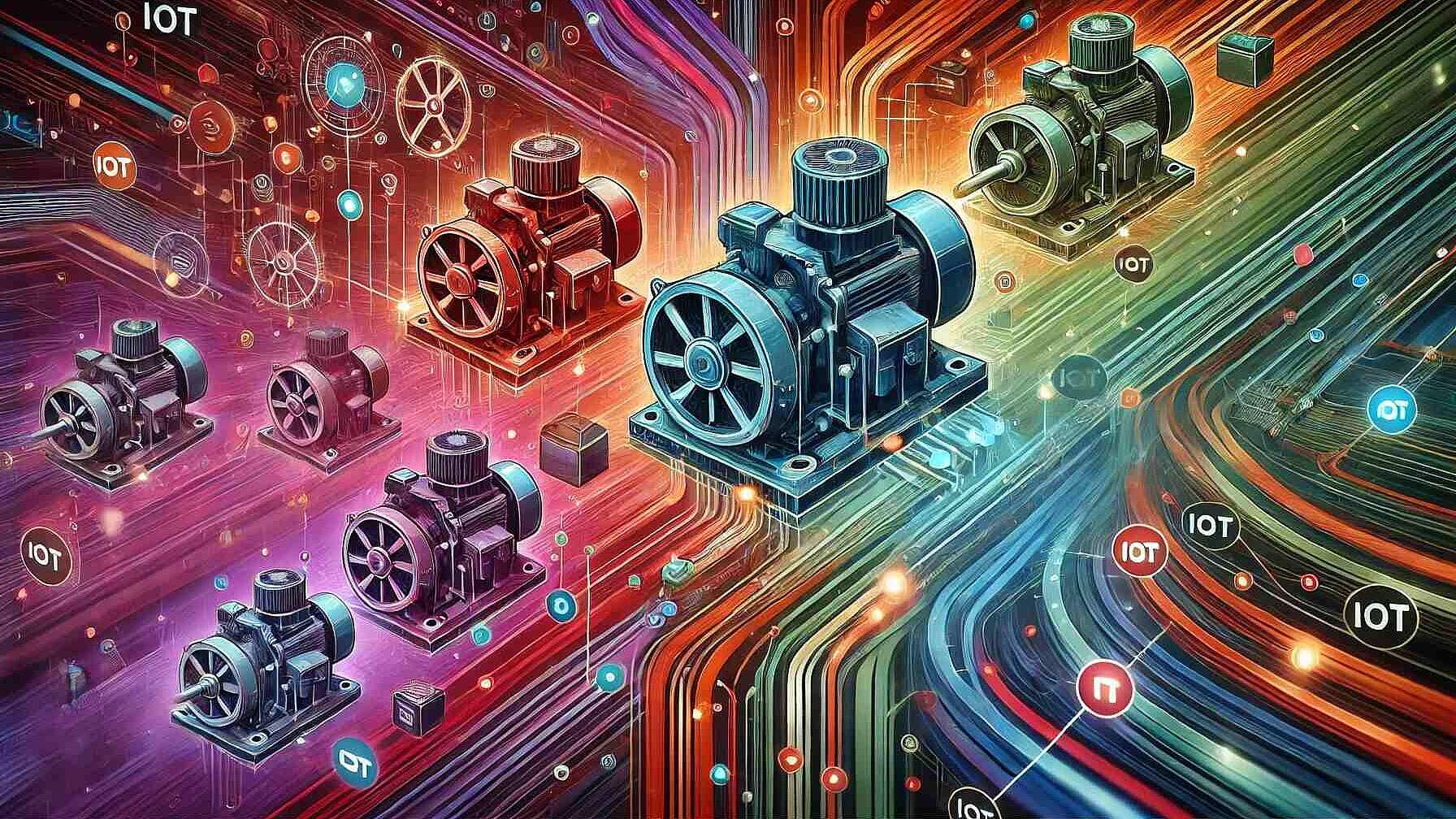 Energy Efficiency
Energy EfficiencyBusiness Practices
The 4th Utility: Compressed Air
Summary
In Europe there are more than 300.000 compressed air systems installed. More than 60.000 in Germany alone consume more electricity than produced by a nuclear power plant. Compressed air is essential for the production process and any breakdown equates to lost of production. The criteria ranking usually looks the following: Reliabilty: Compressed air comes direct in contact with finished products, e.g. in food processing, pharaceuticals or electronics. It can also be linked to the absence of compressed air cost accounting making it difficult to push any investment proposal through internal investment committees. We are intending to
to make this post start of a new series about "most promising sales propositions to overcome decision making process inertia" (yes, very long title - we work on that)
We will start with some companies we spoke to at the 2017 Hannover Messe. We are aiming to find good practice examples finally helping to implement more energy efficient compressed air solutions.
Open full article
The 4th Utility: Compressed Air
Compressed Air: the 4th Utility
Without knowing who has invented this phrase, e.g. David Andrews from Sullair used it in a recent blog and it is even mentioned at wikipedia, it clearly indicates the relevance it has in terms of energy consumption. In Europe there are more than 300.000 compressed air systems installed. More than 60.000 in Germany alone consuming more electricity than produced by a nuclear power plant.
And according to the Natural Resouces Canada, out of 100 units of energy less than 10 units are turned into useful compressed air.
As a technology consuming a lot of energy or in other words causing high costs, investing time into optimising compressed air systems or even upgrading/replacing old ones, seems to be a meaningful activity. So does that lead to a triple-win scenario?, a scenario where suppliers win (more sales of energy efficient compressed air systems), where users win (lower energy consumption = lower operational costs), where the environment wins (less energy consumed)?
The double-win scenario
There are clearly a number of conventional actions possible to save energy and costs. This would mainly benefit the users and the environment as this activties would be mostly done in-house. NRC classifies them in three areas:
1. Housekeeping
This is mainly about the pure basics, ranging from "know you loads and check them regularly" to "check the system (joints, valves, fittings, hose connections, air filters) and use only lowest possible pressure for each job
2. Low-cost opportunities
This could be considered as compressed air system management. It covers activties such as meter use, cost calculations per user or installation of sequence controllers. But it also goes further to investigate and implement system improvements, e.g. "discharge air-cooled compressors outside in summer and inside in winter" up to "investigate recapturing heat .."
3. Retrofits
NRC descibes here activities such as the integration of independant compressed air generating and distribution circuits, intelligent control systems up to finally replacing compressors.
Eventhough this approaches are looking quite convincing, considering what is most relevant for users when thinking about compressed air - it might not be energy efficiency.
The criteria ranking usually looks the following
- Reliabilty: Compressed air is essential for the production process and any breakdown equates to lost of production
- Quality: In some processes, compressed air comes direct in contact with finished products, e.g. in food processing, pharaceuticals or electronics). Therefore, poor air quality leads to reducted product quality
- Costs: Energy costs represent 50% of TCO for a compressor - but for various reasons, costs seem to be the least important criteria. Sometimes a "lack of awareness of possible savings" is mentioned. Well, that might not be true for the engineer but for the management level. It can also be linked to the absence of compressed air cost accounting making it difficult to push any investment proposal through internal investment committees.
The triple win-scenario
In a triple-win scenario, a supplier needs to convince a user (in other words "sell") their compressed air solutions. As they also have to deal with this criteria ranking, reliability - quality - costs, it might be worth a look how sales propositions of compressed air suppliers look like.
As we are intending to make this post the start of a new series about "most promising sales propositions to overcome decision making process inertia" (yes, very long title - we work on that), we will start with some companies we spoke to at the 2017 Hannover Messe. We are aiming to find good practice examples finally helping to implement more energy efficient compressed air solutions.
One company I spoke with was Almig. Interestingly, Almig shows a strong focus on the "energy cost saving" side picking up the two likely most relevant opportunities to save energy:
- System optimization: Their so called EBS system (Energy Balancing System) is a 3-step service including measurement, analysis and simulation
- Heat Recovery: As most of the energy to produce compressed air is effectively producing heat, they offer solutions to re-use the heat for warm water and space heating purposes
When it comes to heat, another interesting solution provider we met is company AltAIRnative (see recent post) who turned the "heat topic" upward-down - as they produce heat and compressed air is the by-product!
When talking about sales propositions, the most often heard buzz word is surely IoT or industry4.0. Almig seems to avoid this phrase (as this sounds still scary to many engineers/buyers?). They talk about "Telemonitoring" which effectively lists the advantages of (again in buzz words) "IoT use case predictive maintenance". It is probably worth a debate to what extend it is meaningful today to exploit the industry4.0/telemonitoring opportunities. It clearly adresses criteria number one, the reliability, but could also be used e.g. to overcome accounting barriers. For example, linking electricity prices to produced compressed air in real-time or offer new services such as "pay by produced compressed air" with no fixed assets for the client leading to better ROCE, a financial indicator often used in stock market listed companies. And there are likely many more opportunities.
Are you aware of any other interesting sales propositions?, please just contact me under juergen.ritzek[at]ee-ip.org
Related articles
- Compressed Air - Hannover Messe 2017 follow up
- Industrial motors energy saving potential: 5 nuclear power plants
- IoT is Today!
Further Sources



